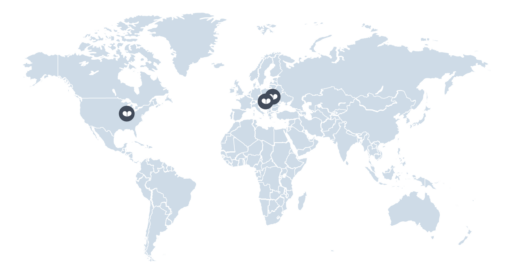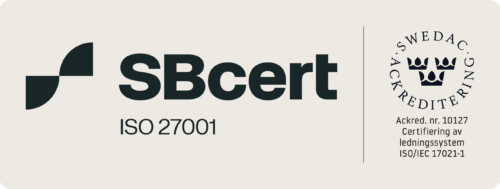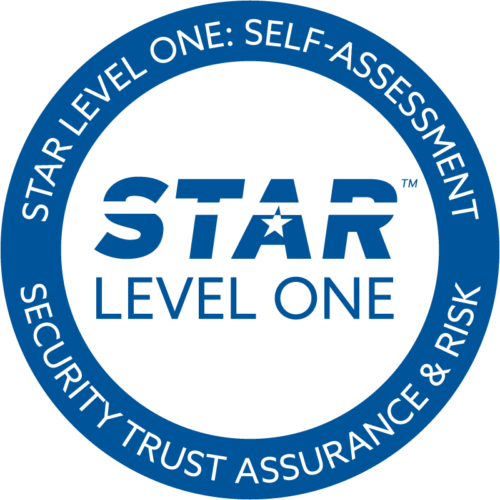
Big data, hybrid consumers, digitization, multi-channel: markets have never been as fragmented as in recent years, navigating them never as complex. Move over, reach and market share. Especially when it comes to customer communication, the much-talked-about “Lot Size One” is a challenge that is becoming increasingly real. Rather than yearning for the good old times of mass marketing, a new approach is needed – with an integrated and automated process that feeds, organizes and monitors a centralized plan drawing from a variety of systems and sources. What could such a process look like? And what support can MARMIND Marketing Resource Management (MRM) provide? More in our article.
The rise of the internet, social media, and mobile communication has radically changed our lives as well as our media consumption. An ever-increasing flood of content and “bite-sized” information spread across various channels as well as second-screen use is fragmenting our attention span and thus also the market. Advertising blocks airing before the main evening movie and other classic pillars of mass communication are rapidly losing ground, and nobody can afford wasted coverage anymore. Effective marketing needs to draw from all data sources and deploy across all relevant channels – at the right time and with the right kind of content. At the same time, a centralized, integrated process should transform all internal and external stakeholders into a powerful, consistent, and transparent team.
An overwhelming challenge that more and more companies face with the help of Marketing Resource Management (MRM) providers, such as MARMIND. What can MRM do better than marketing tools as we’ve known before? And why is MRM not only worthwhile for large organizations? Here is an overview.
Marketing as a continuous process: MRM, in a nutshell
According to Gartner’s definition, marketing resource management applications enable strategic planning and budgeting, program management, creative development and distribution, content management, media planning and execution, event coordination, and resource measurement. MRM systems are stationary or cloud-based and enable integrated, transparent, and automated marketing processes. Depending on the size of the company and its complexity, there are product versions of various sizes that can be adapted with additional features if required. This also gives smaller companies the opportunity to set up a consistent and efficient marketing process.
Planning: a centralized, data-driven strategy
Each integrated marketing process starts with solid, data-driven planning. MRM with MARMIND® incorporates data from all relevant sources, integrates external systems (Acoustic (IBM Watson), Celum, Google Analytics, etc.) for a 360 ° overview. Based on this, strategic and operational goals, budgets, and costs can be set, and (multi-channel) campaigns and individual actions for key touchpoints along the customer journey can be planned. Key figures for subsequent monitoring can also be defined. Creating a central marketing plan, on which individual campaigns and the collaboration of all participants can be based on.
Organization: clear tasks and standardized processes
As a next step, MRM by MARMIND® enables the operative implementation of pre-defined goals. All stakeholders within the company as well as external partners are integrated into the process and have access to all parts relevant to them. Deadlines, responsibilities, and to-do lists can be displayed transparently, as can the chronological interaction of all campaigns. Content can be centrally stored, used, and managed, processes can be standardized, and are easily accessible for all concerned.
Automation: efficient customer journey across all channels
MRM applications not only focus on standardization but also on automation. As a partner of various specialists, such as IBM, MARMIND® creates multi-channel customer journeys using drag and drop as well as automated campaigns. In coordination with integrated CRM systems, all the important touchpoints along the customer journey can be targeted with campaigns and relevant content – essential points are the customer approach, the opportunity to contact and register, the purchase as well as feedback.
Monitoring: Analyzing and optimizing with AI
Integration with Acoustic (IBM Watson) Marketing also enables MARMIND® to intelligently monitor and evaluate the previously created customer journeys. Which parts perform particularly well, where do customers drop off, and for what reasons? Which customer journeys are the most used, which investments are most worthwhile? Intelligent data analysis tools provide a quick, comprehensive overview of all channels, enabling timely, cost-effective control and evaluation of all activities.
Marketing Resource Management: Our MARMIND® Top Tips
Marketing Resource Management is not a matter of company size – find an MRM application that fits your set-up and is able to grow as you do.
Stay flexible – a good MRM is based on convincing features, not on long-term commitment.
Prioritize wisely – effective marketing decisions are based on data and facts.
Author

Peter Ramsenthaler
When working for a global brand back in the 90s, Peter realized that spreadsheet overload and inefficient processes were holding back the marketing team. That’s when he decided to build a martech platform that gives businesses back control and allows marketers to bring great ideas to life.














